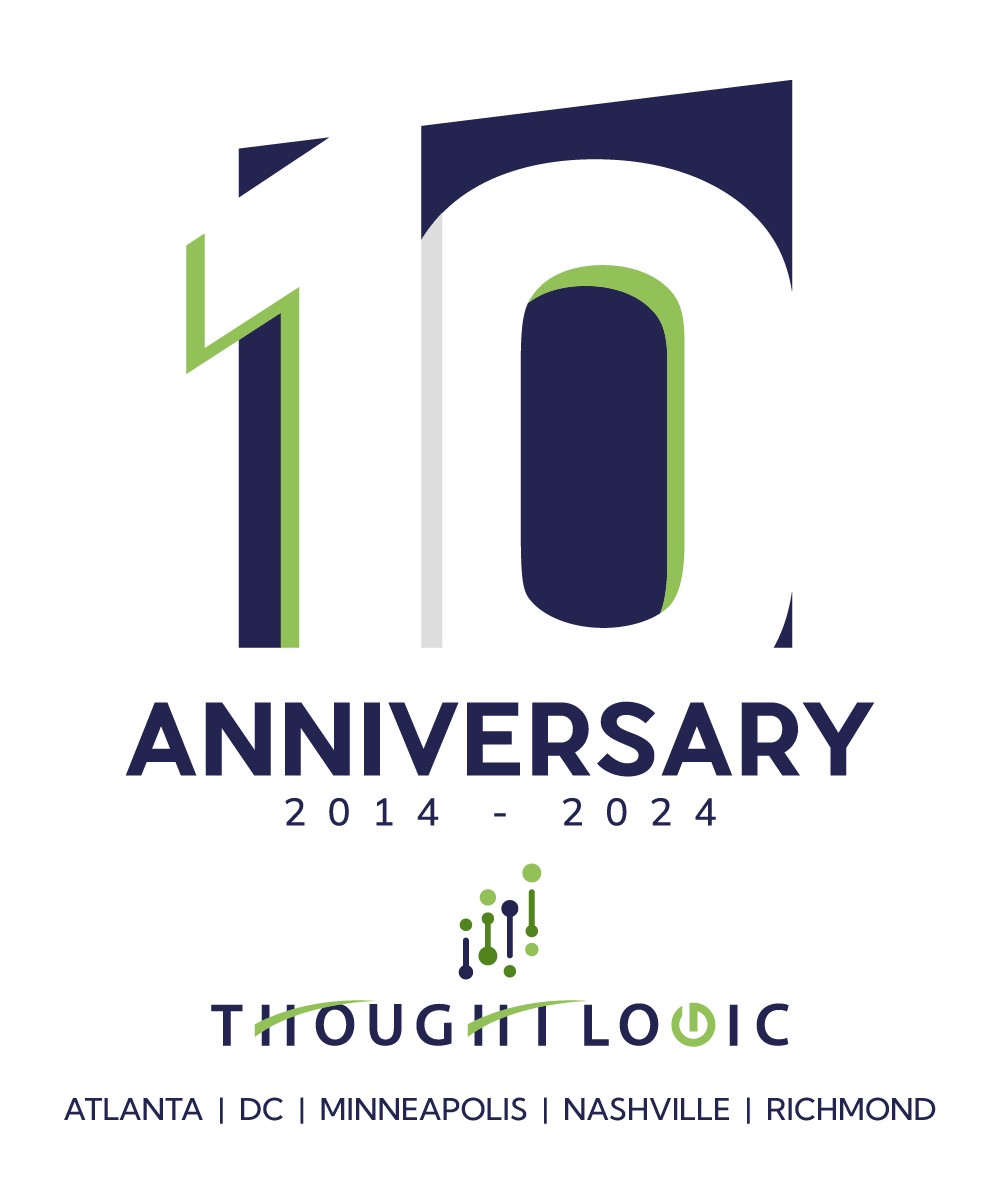Process Architecture – Paving the way for benefits of Cloud ERP
We all have been traveling down the road, trying to get to the beach or amusement park and excited about the thrills, excitement, camaraderie, and/or relaxation ahead of us. All of a sudden, we see the brake lights ahead of us and there it is – a long-delay in our travel route because of road construction.
There’s little doubt that most of us view road construction and road maintenance as an extreme annoyance. It’s something that slows us down as we try to make our way to our final destinations. But, in the end driving on a nicely paved or widened road helps us to avoid pitfalls down the road.
The same can be said for process improvement, especially if we are just trying to get the system live! Adoption of Cloud ERP applications within Finance functions continues to be on the rise. In a 2020 Finance Executives Survey, 70% of the respondents are using Finance cloud applications within FP&A or core accounting functions and 20% plan to move to cloud within the year. Cloud offers tremendous benefit potential for finance organizations to reduce cost, improve data quality and analytics, and streamline finance processes. However, it doesn’t come without some challenges. IT may not have a good understanding of functional requirements and how others will use the cloud application. Input from all departments is needed for the application to drive the value intended for the organization.
According to a BPI study, more than 50% of organizations still treat process improvement on an Ad-Hoc basis – meaning improvements are inconsistently conducted or in response to an issue arising. Only 28% of companies indicated that ongoing improvement is engrained, and employees are empowered to identify opportunities in the flow of work.
To make the most of your cloud ERP investment, we recommend executives to instill a process improvement culture ahead of the transformation and at the very least outline a process architecture workstream during the pre-implementation phase. Just as important as the technical architecture, the process architecture step is to link the key processes within the value chain across Finance and the enterprise. A focus on the following pre-implementation process activities will pave the foundation for a solid software implementation that creates value for the organization.
- Process Architecture
- Process Governance
- Process Maps
- Process Metrics
1. Process Architecture
Process Architecture is a commonly understood, shared view of all people, steps, components, and processes that the organization performs to deliver a product or service to the customer, including the back office functions. When implementing an ERP system, it is important to map the key process steps to the value chain of the organization. This can be done through various methods within Finance and Thought Logic recommends a proven approach of:
- Stakeholder Interviews
- Process Workshops
- Simple Surveys
The focus should be on the necessary activities that drive regulatory requirements, and how the business should function in the future to drive shareholder value. Leveraging best practices or leading practice process frameworks can accelerate teams to achieve the future state goals. Thought Logic leverages its learnings from advising its clients and uses APQC’s process classification framework.
According to the survey, breadth and depth are leading factors in choosing a process framework to leverage. Many industries and functions also have their own classification frameworks.

It is important that the interviews and surveys are used as inputs to the workshops when setting the stage for future state design. Once the inputs, outputs, tools, and activities are considered as part of the process, a gap analysis can easily be traced and/or aligned to a fit-to-standard approach. Workshops are beneficial in being able to create alignment and excitement for the future state model.
2. Process Governance
Process Governance is foundational to create standardization among processes that can be sustained in application implementations, cloud migrations or even robotics process automation. Identifying the right resources, structure, and cadence to enable process governance will allow resources to thrive and drive ultimate value in the organization.
Strong process governance is not just implementing a RACI diagram or posting the process maps in Sharepoint. Thought Logic recommends six components to process governance to create value and longevity within the processes.
- Control: Outlines the ownership structure of a specific process and should typically include a RACI matrix to show accountability.
- Definition: The end-to-end set of activities within scope. Often companies may be organized more by function than by process so while it is best practice to think of activities as end-to-end – there may be functional cross-over that needs to be defined.
- Principles: A set of standards for the process framework elements to create a baseline uniform approach.
- Change Management: Similar to application change control, a cadence must be a part of the governance structure to review and approve modifications on a regular basis.
- Communications: An approach for making sure stakeholders, associates and if necessary, customers or vendors are informed of changes within the process:
- Regulatory: Depending on the organization, whether it is private, or public or governed by other sanctioning bodies the process collateral needs to be attainable for audits and/or other regulatory uses.
3. Process Maps
There are many types of process maps that can be used, but it is important to drive value in the process architecture to include a process map. Thought Logic is flexible in its approach to process mapping to make sure it is fit to the purpose of the enterprise and organization. One-size does not fit all so it is important to adopt a style for your company. Some of the more common process maps are highlighted below:
- Process Flow Diagram: Usually a very simple that shows the start and stop of a process flow and may use some basic shapes to represent decision-making, if-then statements, results, circular flows and basic problem-solving.
- Detailed Process Flow: Shows the specific events and activities for a function to complete a process. It is similar to the process flow, but more detailed in identifying all of the details in a process, including thresholds, decision-making and ultimate end-goal.
- Value Stream Mapping: This is a lean-management method for analyzing current and future state and identifying time-series and displays all of the critical steps and flow of materials and information. Often will identify critical baseline data to be able to drive effectiveness and efficiency measures.
- Value Chain Diagram: A general process map that focuses on the activities in an organization leading to the true shareholder value in the organization. This can help from a lean perspective, it does not show much detail – but useful in designing the business process as part of the system implementation.
- SIPOC Diagram: Often used to re-construct a process from the ground-up it is used to identify critical elements in a process. It stands for Supplies, Inputs, Process, Output and Customer and can be used to help define complex processes
At the end of the day, a process map is important to the overall process architecture. It shows who and what is involved in a process and can be used in any function and can reveal areas where a process should be improved. It is important to be flexible and align the type of map for your organization.
4. Process Metrics
It is common struggle for practitioners to identify the measures to capture in an end-to-end process. Each process should first look to the value the function is supposed to bring. For example, in a procure-to-pay cycle, looking at various efficiency measurements such as cycle-times to have an invoice ready for payment or effectiveness measures such as low error rates are common. Key performance indicators allow the organization to focus on shared goals. In addition, it is important to set KPI’s that can be measured easily and compared to peers for benchmarking purposes.
HARNESSING THE VALUE IN YOUR CLOUD IMPLEMENTATION
Despite continued uncertainties in the marketplace, cloud investments are bringing new ways to sharpen a company’s agility and enable it to continue thriving. Thought logic understand the pressures brought to organizations through social responsibility, shareholder expectations, strong corporate governance, and ever-changing uncertainty in the global economy. Thus, it is imperative that executives achieve the benefits from their cloud initiatives that accelerate decision-making through real-time data and analytics and flexibility in the working environment. It is incumbent on finance professionals to address the process foundation before embarking on the journey.
The next time you are driving down the road and encounter road construction, think ahead – it will usually be worth the wait!

About Digital Enablement
Thought Logic’s Digital Enablement smartSolution provides full-circle capabilities that help keep organizations keep ahead of digital change.

Sign up to receive future Insights in your email box.
Never miss an update.









